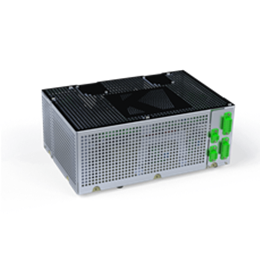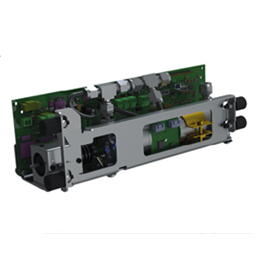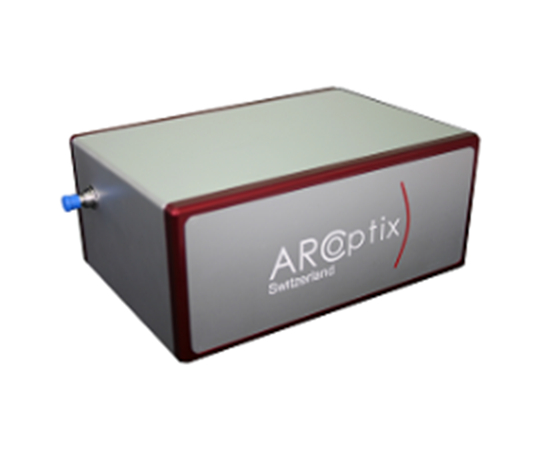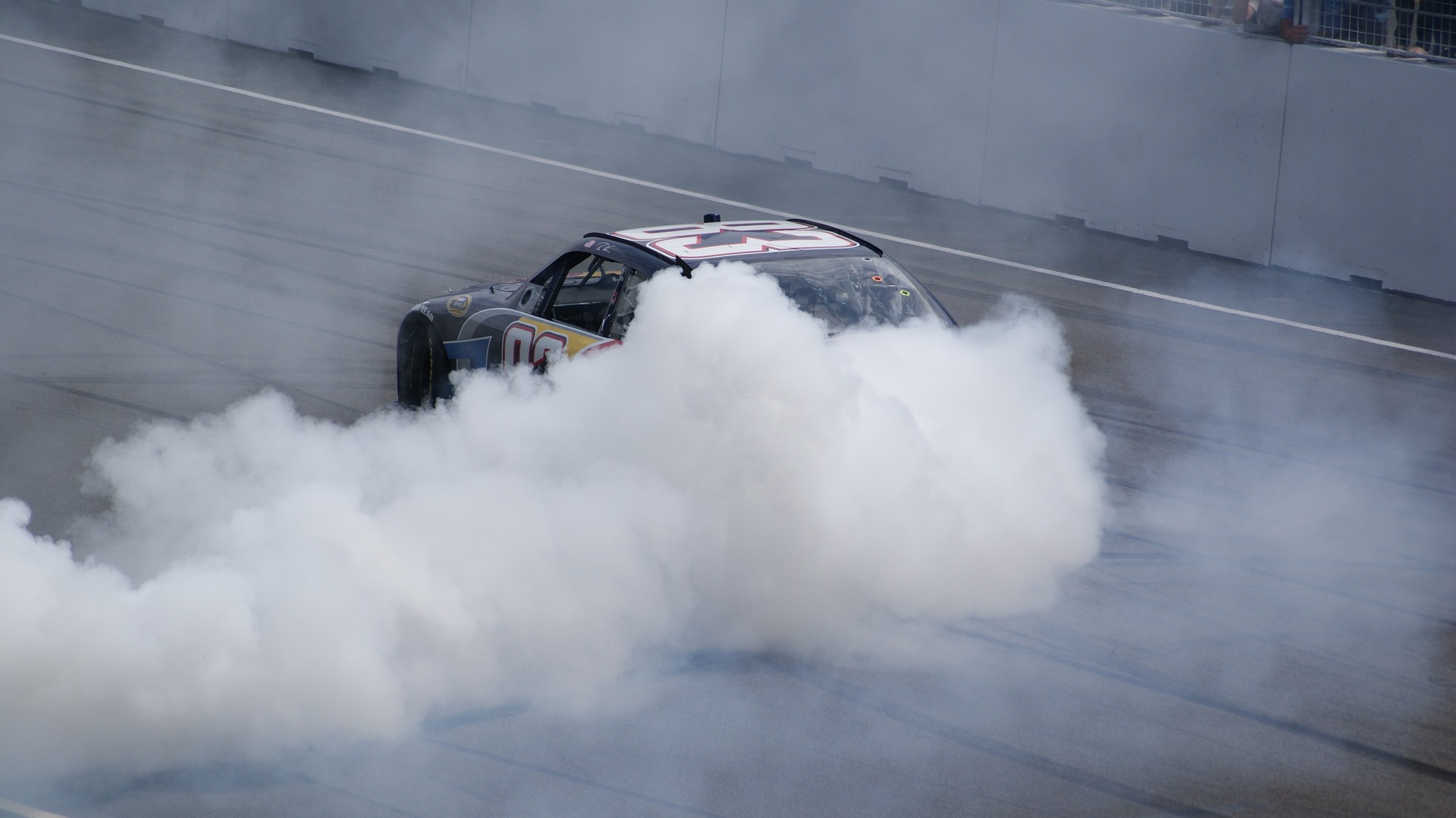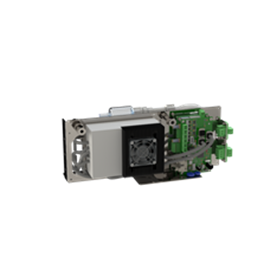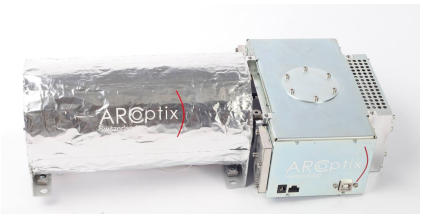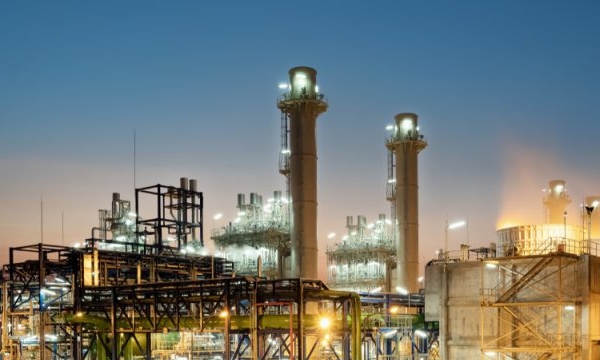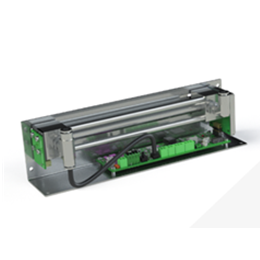Market and Application Analysis of Gas Monitoring in Carbon Emission Industry
Carbon dioxide and other greenhouse gases raise the atmospheric temperature through the greenhouse effect. Greenhouse gases include carbon dioxide (CO2), methane (CH4), nitrous oxide (N2O), hydrofluorocarbons (HFCS), perfluorocarbons (PFCs), sulfur hexafluoride (SF6) and nitrogen trifluoride (NF3). Among them, CO2 emission is particularly prominent. CO2 content is an important indicator to measure air quality. When the carbon dioxide concentration exceeds a certain standard, people will feel uncomfortable. Who recommends that indoor carbon dioxide concentrations be kept below 1000 ppm as far as possible.Carbon dioxide concentration and human physiological reaction are as followsCO2 Concentration Human Physiological350~450 ppmSame as general outdoor environment350~1000 ppmFresh air and smooth breathing1000~2000 ppmFelt the air cloudy and began to feel sleepy2000~5000 ppmFeel headache, drowsiness, sluggishness, inability to concentrate, rapid heartbeat and mild nausea Above 5000 ppmIt may cause severe hypoxia, permanent brain injury, coma and even deathIn order to curb global warming, many countries have established carbon emission trading systems. On September 22, 2020, the Chinese government proposed at the 75th United Nations General Assembly: “China will increase its national independent contribution, adopt more powerful policies and measures, strive to reach the peak of carbon dioxide emission by 2030 and strive to achieve carbon neutralization by 2060.”The first step of Carbon neutralization is to confirm carbon emissions. Carbon dioxide sensor is essential. At present, China’s CEMS system is mainly used for monitoring non-CO2 polluting gases. With the requirements of carbon neutralization, it is expected that the proportion of carbon dioxide and other greenhouse gas emissions monitored by CEMS will gradually increase. CEMS can realize the real-time, precision and automation of carbon emission accounting. By using technical means such as real-time monitoring data and big data analysis, it can greatly improve the accuracy and real-time of carbon emission accounting data. The methods of CO2 on-line monitoring mainly include off-axis integral cavity output spectroscopy, non dispersive (non dispersive and non dispersive) infrared spectroscopy, Fourier infrared spectroscopy, gas chromatography and rapid detection. These methods are suitable for various application scenarios according to their principles, methods and characteristics.At present, CO2 online monitoring equipment has not been popularized in the market, but flue gas CEMS system has been installed in key emission industries such as power, coal, steel and petrochemical due to the requirements of environmental pollution. CEMS online monitoring system for CO2 can be realized by adding carbon dioxide monitoring module to the flue gas online monitoring system. Enterprises with better market expansion of flue gas monitoring system are expected to benefit first. The later transformation and upgrading of CEMS is imperative, which is expected to give birth to an emerging market with a scale of more than 10 billion RMB.More info of products with different principles (LAS, CLD, PAS, FTIR, NDIR) can be found: Sensor & Analyzer
learn more

